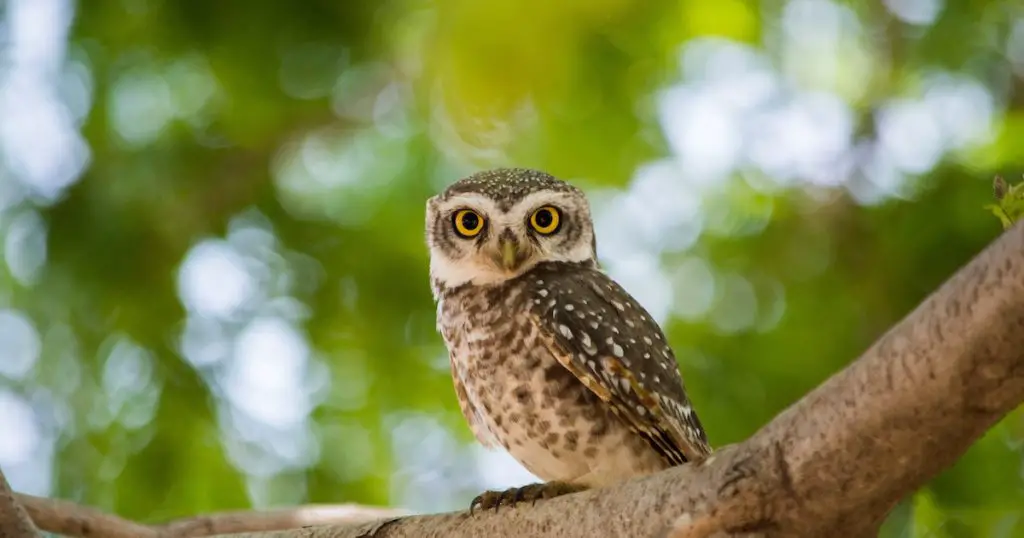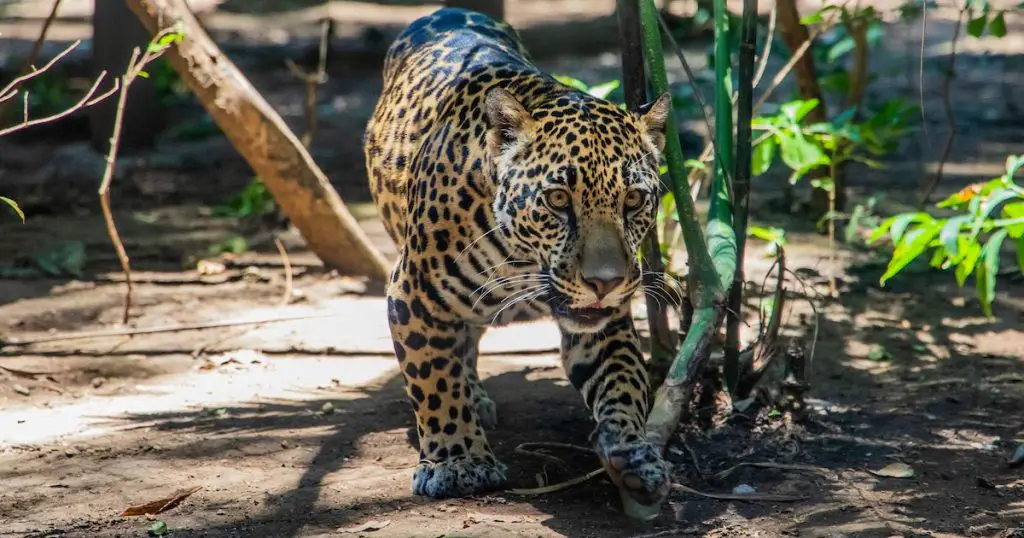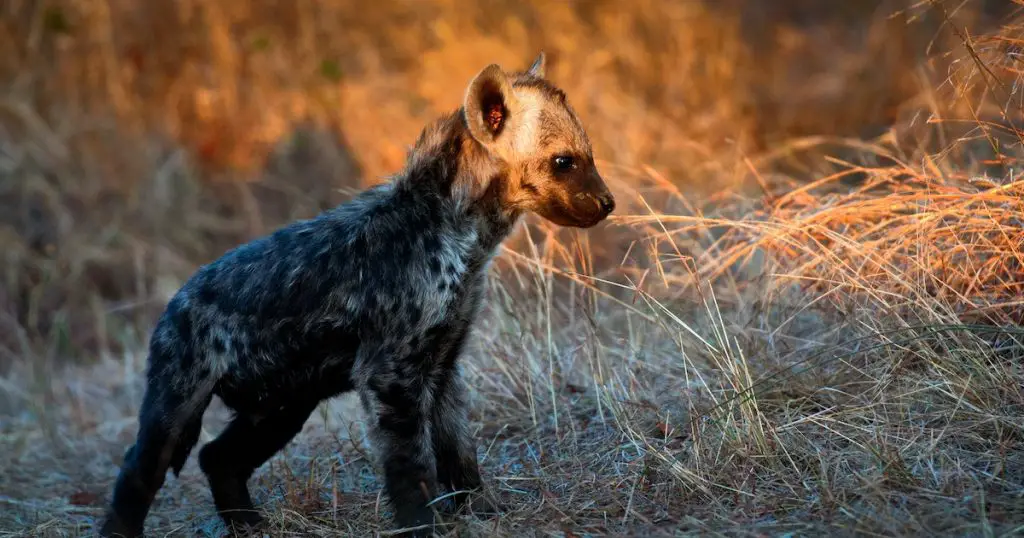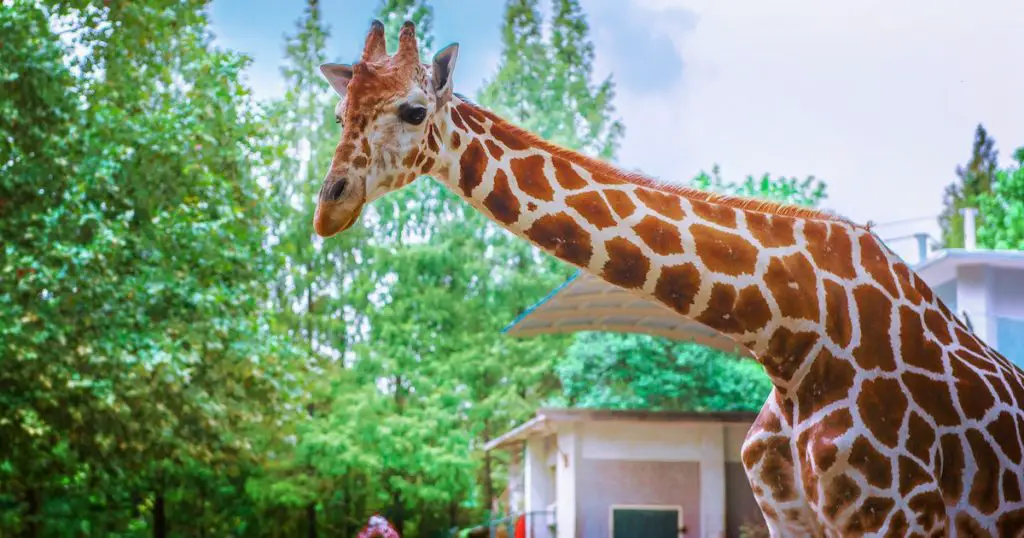Prescott, with its picturesque landscapes and diverse ecosystems, is a haven for nature enthusiasts. One of the most rewarding experiences one can have here is wildlife spotting at Prescott’s natural landmarks.

From the rocky terrains of Granite Dells to the serene waters of Willow Lake, Prescott’s natural settings offer unique opportunities to witness nature in its purest form. For those who cherish moments of spotting a rare bird in flight or a deer lurking behind the trees, this guide will be your compass to the wild wonders of Prescott.
The Essence of Wildlife Spotting
Wildlife spotting isn’t just about capturing the perfect shot or ticking off a species from your list. It’s a holistic experience, bringing you closer to nature and helping you appreciate the intricacies of our ecosystem.
When you’re immersed in the wild, every rustle, every chirp, and every ripple becomes a part of your narrative. You become a silent observer, respecting boundaries, and witnessing nature unfold its magic.
Moreover, ethical wildlife spotting goes beyond the thrill of the moment. It’s about understanding the habitats, behaviors, and needs of the creatures we’re observing. This respect ensures that we leave no traces behind and ensure that these magnificent creatures continue to thrive in their natural environment.
For more about ethical wildlife spotting, visit this link
Best Times to Go Wildlife Spotting
Every season in Prescott brings its own set of wildlife wonders. While the spring sees an array of colorful birds migrating to the region, the winter months could surprise you with sightings of mammals seeking shelter or foraging for food. However, if there’s one time that stands out for wildlife spotting, it’s the transitional periods between seasons when a flurry of activity can be observed.
Additionally, early mornings and late afternoons are the golden hours. Not only do they offer the best light for photography, but these are also the times when most animals are active. Whether it’s birds starting their day or nocturnal animals retreating after a night of activity, these hours promise rich spotting opportunities.
Essentials to Pack
Preparation is key to ensuring a rewarding and safe wildlife spotting experience. Before heading out, ensure you have:
- A good pair of binoculars or a spotting scope.
- A field guidebook for quick reference.
- Comfortable clothing suited to the terrain and weather.
- A sturdy pair of shoes for those long walks.
Remember, nature can be unpredictable. Carrying essentials like a first-aid kit, ample water, and some snacks can be invaluable. Moreover, for those keen on documenting their experiences, a journal or a camera might be a good addition.

Safety should always come first. Even while we’re eager to spot the rarest of species, it’s crucial to remain aware of your surroundings. Protective gear such as hats, sunscreen, and insect repellent can go a long way in ensuring your wildlife-spotting adventure is nothing short of perfect.
For a comprehensive list of gear recommendations, check this guide.
Granite Dells: Rocky Havens
The unique rock formations of Granite Dells are a spectacle in themselves. These ancient, weathered granite boulders have been shaped by the elements over eons, and today, they serve as a backdrop for a rich array of wildlife.
Birdwatchers, in particular, would find this location a paradise. Birds like the Peregrine Falcon, Canyon Wren, and Rock Wren are known to favor the rocky terrains of the Dells. Their distinct calls and melodies add a symphony to the otherwise tranquil environment.
Mammals, too, find refuge among these rocks. From bobcats making their stealthy rounds to squirrels playfully darting about, the Dells offer countless moments of wildlife wonder. Given the terrain’s rugged nature, always ensure you’re on marked trails and respect the habitats of these creatures.
Learn more about the wildlife of Granite Dells here.
Watson Lake: A Reflective Oasis
The shimmering waters of Watson Lake are not just a treat for the eyes but also a magnet for a variety of aquatic creatures and birds. As you walk along its shores, you might spot ducks paddling peacefully or even the occasional osprey diving for its catch.
The underwater world of Watson Lake is teeming with life. Fish such as the largemouth bass, bluegill, and channel catfish are common inhabitants. Their presence, in turn, attracts a host of birds that rely on these waters for sustenance.
Birds like the Great Blue Heron, American White Pelican, and Double-crested Cormorant are often spotted around Watson Lake. Their elegant movements and distinct behaviors make for an engaging observation, offering insights into their lives and habits.
Discover the birdlife of Watson Lake in detail here.
Willow Lake: Calm and Abundant
Willow Lake, with its calm waters and lush surroundings, is another haven for wildlife. The lake is particularly renowned for its amphibians and reptiles, which thrive in its wetlands and marshy areas.
Species like the Arizona Tree Frog, Western Banded Gecko, and the Sonoran Mud Turtle are some of the unique inhabitants of the area. Each of these creatures plays a crucial role in maintaining the ecological balance of the region.
The lake also serves as a resting spot for migratory birds. Birds like the Northern Shoveler, American Avocet, and the Wilson’s Phalarope make their temporary home here, offering enthusiasts a chance to spot species not commonly seen in other parts of Prescott.
For a deeper dive into the amphibians of Willow Lake, visit this resource.
Prescott National Forest: A Vast Wilderness
Prescott National Forest, stretching over a vast expanse, is a mosaic of habitats. This diversity is reflected in its rich wildlife. One of the most thrilling experiences here is spotting the big cats. Mountain lions, though elusive, have made this forest their home. Their stealth and grace make for a majestic sight, albeit a rare one.
But it’s not just about the apex predators. The forest teems with herbivores like deer, elk, and antelope. Their graceful presence adds charm to the already scenic landscapes of Prescott National Forest. While you revel in the beauty of these creatures, always remember to maintain a respectful distance. These are wild animals, and their behaviors can be unpredictable.
Know more about the Prescott National Forest and its inhabitants here.
Thumb Butte: Rising Above the Rest
As you ascend the trails of Thumb Butte, the chances of spotting raptors like eagles, hawks, and falcons increase. These birds of prey have an unparalleled view from the top, making it their favorite vantage point to scan for prey.
The flora of Thumb Butte also plays host to a variety of fauna. The vegetation, rich in nectar and fruits, attracts species like hummingbirds, butterflies, and bees. Observing these creatures go about their daily routines offers a fascinating peek into nature’s intricate web of interdependencies.
flora and fauna of Thumb Butte, explore this source](https://www.alltrails.com/).
Lynx Lake: A Serene Escape
Lynx Lake, with its tranquil waters set amidst a dense forest, offers wildlife spotters an unparalleled experience. The lake, known for its clarity, hosts various fish species such as rainbow trout, largemouth bass, and crappie. These aquatic inhabitants play a pivotal role in attracting a range of birds that depend on these waters.

Birdwatchers would be thrilled to spot species like the American Bald Eagle, Red-winged Blackbird, and Osprey, which are often seen near the lake. Their nesting and feeding behaviors make for an enlightening observation, reflecting the rich biodiversity of Lynx Lake.
The lakeside, with its thickets and shrubs, also offers refuge to various small mammals. From playful squirrels to the elusive fox, the peripheries of Lynx Lake promise myriad wildlife spotting opportunities.
Get more details on Lynx Lake’s ecosystem here.
The Importance of Maintaining a Respectful Distance
While the thrill of spotting a wild creature in its natural habitat is unparalleled, it’s vital to remember that we’re visitors in their home. Approaching animals too closely can stress them out, leading to unpredictable behaviors and potentially harmful situations.
For animals, especially those raising their young, human intrusion can be perceived as a threat. This not only jeopardizes your safety but can also lead to the animal becoming displaced from its territory. A simple rule of thumb is to use binoculars or zoom lenses to get a closer look, rather than physically approaching the animal.
Moreover, while it might be tempting to feed wild animals for closer interaction, it’s crucial to resist the urge. Human food is not suitable for wildlife and can lead to health issues, making them dependent on human-provided food.
For guidelines on respectful wildlife observation, refer to this link.
The Role of Guided Tours
Guided tours, especially those led by local experts, can enhance your wildlife spotting experience manifold. A knowledgeable guide can not only help you spot species you might have missed but can also share invaluable insights into the habits, habitats, and behaviors of these creatures.
Taking a tour also ensures that you’re treading on paths that are least disruptive to the wildlife. With their experience, guides can navigate you through the best routes, ensuring minimal impact on the environment.
Furthermore, guided tours often come with the added benefit of equipment and gear that might be cumbersome for an individual to carry. High-definition spotting scopes, tripods, and even reference materials are often part of the package, enhancing your spotting experience.
For recommended wildlife spotting tours in Prescott, check out this resource.
Documenting Your Experiences
Documenting your wildlife-spotting adventures is a rewarding endeavor. Not only does it allow you to relive those moments, but it also serves as a valuable resource for fellow enthusiasts and researchers. Here are some ways to do it:
- Photography: Capture the beauty of wildlife through your lens. With advancements in camera technology, even smartphones now offer decent zoom capabilities and image stabilization. However, always prioritize the animal’s well-being over getting the perfect shot.
- Journalling: Penning down your observations, feelings, and experiences can be therapeutic. Over time, this journal can become a comprehensive record of your adventures and the species you’ve encountered.
For tips on wildlife photography, this article offers valuable insights.
Local Regulations and Guidelines
Prescott’s natural landmarks are treasures that need preservation. Adhering to local regulations ensures that these habitats remain intact for future generations. Whether it’s sticking to designated trails, refraining from littering, or adhering to no-camping zones, every small act counts.

Moreover, some areas might have specific guidelines regarding interaction with wildlife, especially during breeding seasons. Awareness and adherence to these rules ensure the safety and well-being of both the animals and the observers.
FAQs:
In this section, we will be delving into some of the most common inquiries and curiosities that surround our topic.
What’s the best season to visit Prescott for wildlife spotting?
Spring and fall are the prime seasons, with a variety of migratory birds and active fauna.
Are there any endangered species in Prescott’s landmarks?
Yes, some species are under threat. Always check local listings and guidelines to ensure you’re observing them ethically.
What should I do if I encounter a potentially dangerous animal?
Always maintain a safe distance, avoid sudden movements, and never corner the animal. Retreat slowly if necessary.
How can I contribute to wildlife conservation in Prescott?
Supporting local conservation initiatives, volunteering, and adhering to ethical spotting practices are excellent ways to contribute.
Are there specific trails best suited for spotting particular animals?
Yes, depending on the habitat and season, certain trails offer better spotting opportunities. Local guides and resources can provide specifics.
Conclusion: Merging Adventure with Conservation
Wildlife spotting at Prescott’s natural landmarks is more than just an adventure; it’s a journey of understanding, appreciation, and respect.
As we traverse these terrains, let’s remember that we’re mere guests in this vast expanse of wilderness. By merging our love for adventure with the principles of conservation, we ensure that the symphony of nature continues to enchant many more generations to come.



Leave a Comment
You must be logged in to post a comment.